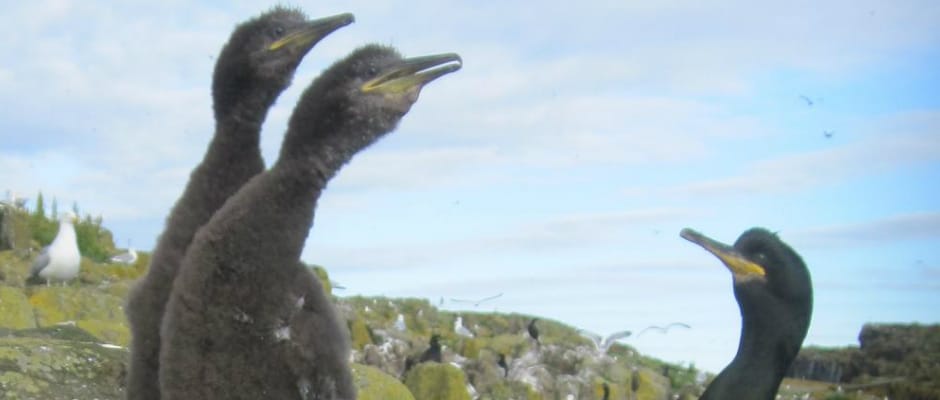- News
-
-
-
-
-
Latest News Articles
- WSB: Study tests accuracy of thermal drone surveys April 26, 2024
- Computer model explores Tribal use of fire for ecosystem health April 26, 2024
- 2024 TWS Elections: Southwest Representative April 25, 2024
-
-
-
- Wildlife Professional Resources
-
- Our Network
-
- PUBLICATIONS
-
-
Recent Posts
-
 The Wildlife Professional November/December Issue
November 1, 2023
The Wildlife Professional November/December Issue
November 1, 2023
-
-
-
-
-
-
- Wildlife Events
-
-
-
Upcoming Webinars
- No Events
-
-
-
- Who We Are
-
Month: July 2015
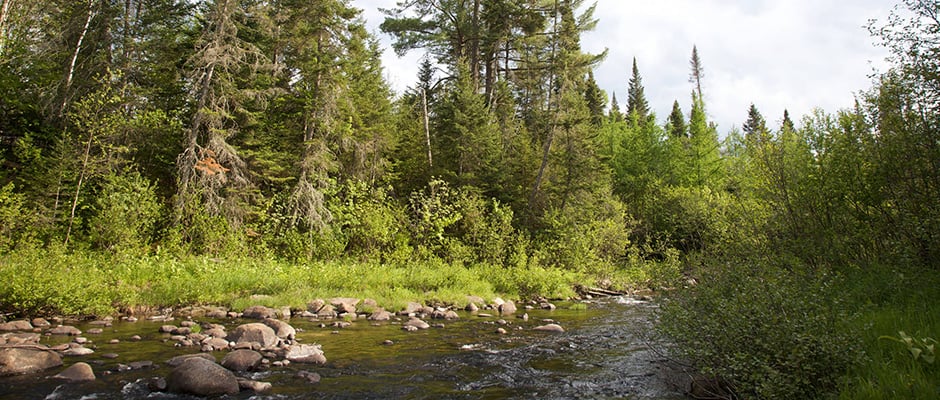
July 21, 2015
Instructor Reflects on TWS Northeast Section Field Course
Mitch Hartley, U.S. Fish and Wildlife Service (USFWS) employee and Past-President of the TWS Northeast Section, volunteered as an instructor at the Northeast Section’s wildlife field course this past May....

July 21, 2015
California Drought Relief Bill Passes House
The U.S. House of Representatives approved H.R. 2898 on Thursday; a bill to provide relief from California’s drought to agricultural communities, which includes controversial provisions aimed at state fisheries. The...
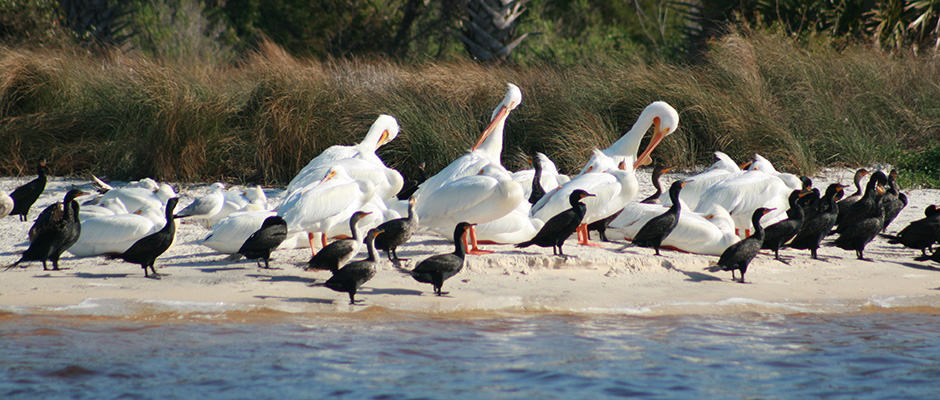
July 21, 2015
Birds Vanish Mysteriously from Florida’s Seahorse Key
In the blink of an eye, an island on Florida’s Gulf Coast that was once filled with the chattering of the largest long-standing colony of seabirds and water birds on...
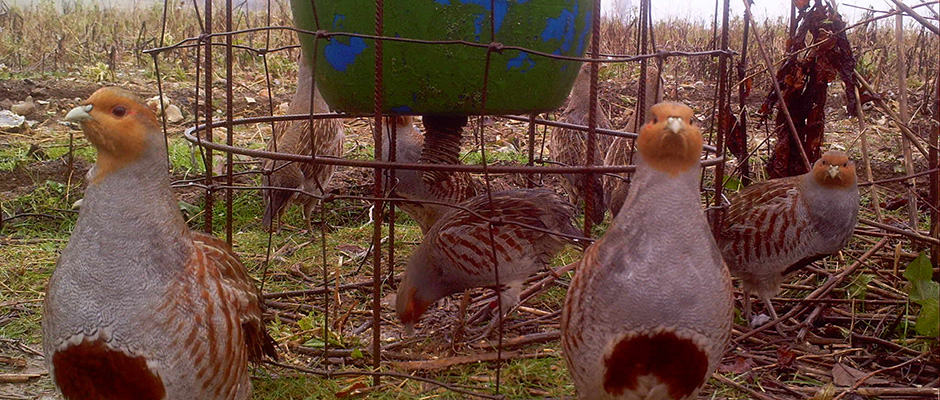
July 21, 2015
Supplementary Gamebird Feeding
A bird in hand is worth two in the bush, the old saying goes. But a bird feeder can be worth a lot more to farmers in England who participate...
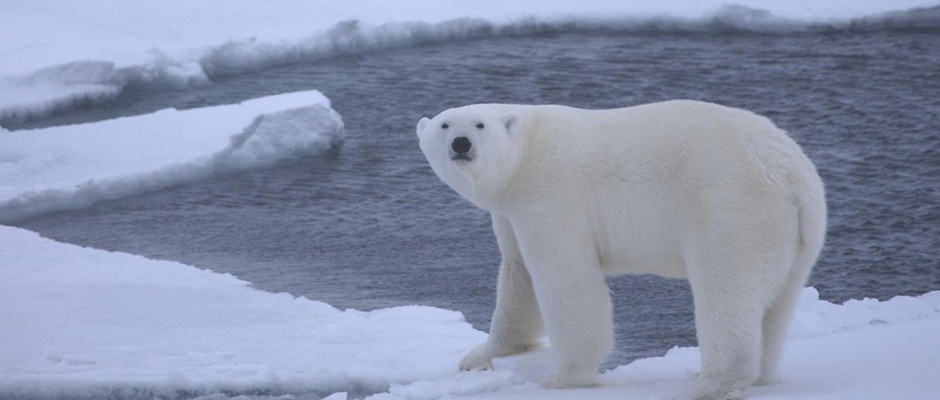
July 20, 2015
Polar Bears Lack Ability to Survive Long Summers
As sea ice continues to melt, polar bears don’t have the resources to survive extended periods of famine, according to a new study tracking the way the animals move and...

July 20, 2015
Pre-Conference Wildlife Immobilization Course Offered
The Canadian Association of Zoo and Wildlife Veterinarians will be conducting a three-day wildlife immobilization course immediately prior to the start of the TWS Annual Conference this October. Operated independently...
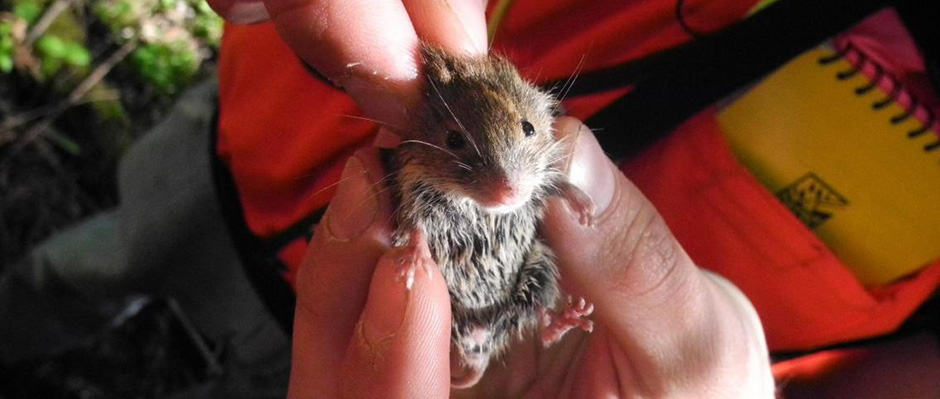
July 20, 2015
Student Reflects on TWS Northeast Section Field Course
Rutgers University student Tesia Lin recently participated in the TWS Northeast Section’s wildlife field course in Castleton, VT. She reflects on her experience on the U.S. Fish and Wildlife Service...
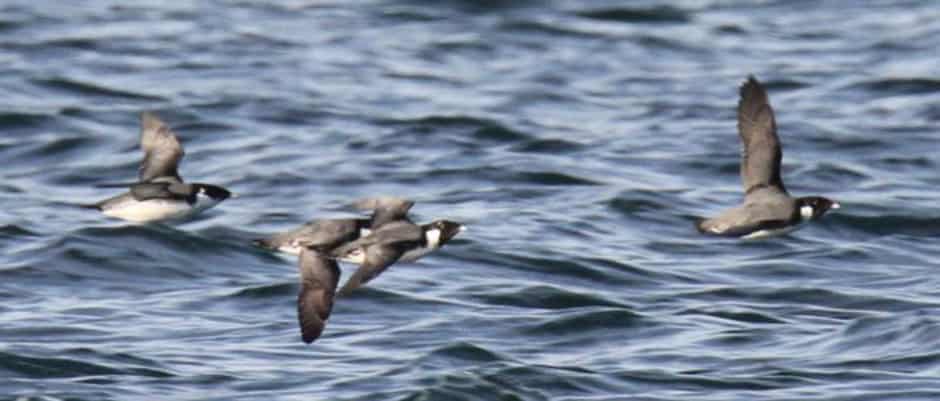
July 20, 2015
Seabirds Face Massive Decline Since the 1950s
Over the past 60 years, globally monitored seabird populations have declined about 70 percent, according to a recent study published in PLOS ONE. Seabirds include any birds that forage primarily...
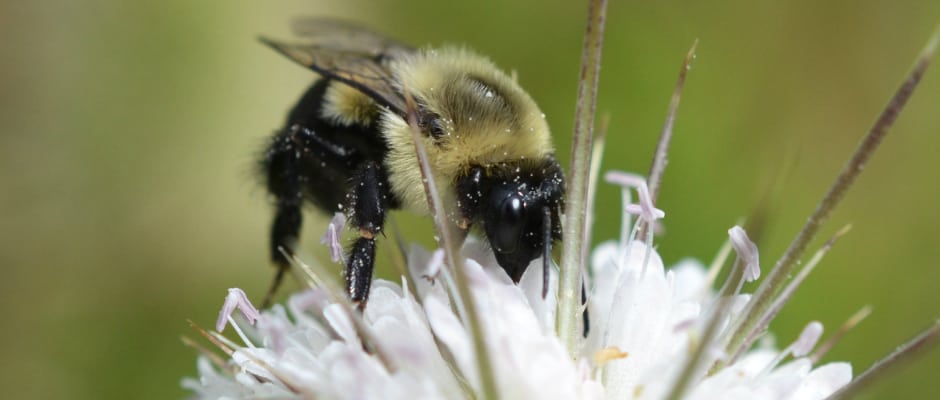
July 17, 2015
Bee Soup: A Delicious New Method to Study Populations
Determining bee population numbers is as challenging as determining stock market trends, according to Douglas Yu, an associate professor at the University of East Anglia in the United Kingdom and...


